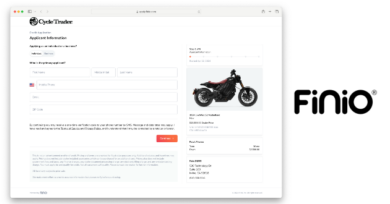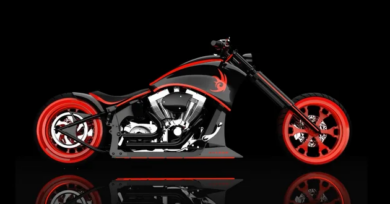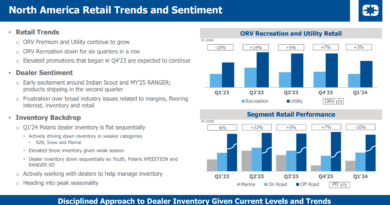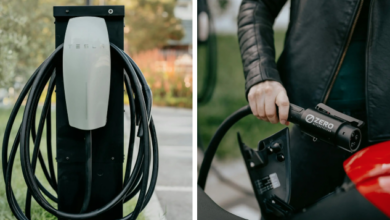May 24, 2010 – Hot News
National Retail Lender Picks Up OEM Accounts
A national lender that has had a small part of the industry’s retail financing market for a number of years has made two high-profile OEM signings.
MB Financial Bank most recently announced a retail financing agreement with MV Agusta USA, the companies said in a joint press release. The agreement extends to both the brand’s new and used models.
MB previously signed a non-exclusive agreement with KTM North America last fall.
Will the Chicago-based bank continue to try to grow its presence in the powersports industry? Powersports Business asked MB’s Charles Schaefer, head of indirect lending, that question and others in a recent interview. MB Financial Bank’s holding company, MB Financial, Inc., is traded on the NASDAQ as “MBFI” and has approximately $10 billion in assets. The greatest extent of the bank’s loans reside in commercial loans.
PSB: Is this MB’s first experience with working in the powersports industry?
Schaefer: No. MB has been building relationships with motorcycle dealers for over a decade. Our focus on lifestyle — and not just motorcycles — has allowed us to grow over the years. Our goal is quite simple: We want to build relationships with our dealers and provide the products and services they need to be successful. Plus, MB is a full-service bank. That means that besides acting as a retail financing outlet, our clients also have an experienced MB business banker on their team who can provide them with the financial tools they need to support and manage their business.
PSB: Is MB looking at potentially expanding its footprint in the industry with further retail lending agreements with other OEMs?
Schaefer: Yes. In the past we have worked mainly with dealerships but have partnered with OEMs as well. The MV Agusta agreement will be our second OEM agreement within the last year. We are open to expanding our niche if it is the right fit for both parties. We work with dealerships in 46 states and are continually adding to our base.
PSB: Does MB pursue used vehicles?
Schaefer: Today, approximately 50 percent of all MB-financed bikes are used.
PSB: Can you discuss a little of what that “right fit” would look like?
Schaefer: Our niche has mainly been the cruiser and touring market; however, over the years we have added other lifestyle models that align well with our program. We are open to speaking with other OEMs about a relationship.
PSB: The latest MB Financial earnings report shows motorcycle loan volume of around $158 million for the recent quarter, a number that appears to have remained fairly consistent over the past year. Is MB trying to significantly increase that number over 2010?
Schaefer: As you know, 2009 was a challenging year for everyone in the motorcycle industry. We have chosen to grow our portfolio steadily over time rather than significantly in a short period. Staying within our niche has allowed us to serve our customers well, some for over a decade. This approach of protecting our business has meant consistency to our customers. Many lenders have come and gone or changed their programs over the years. Already we see growth in 2010.
— Neil Pascale
New Motorcycle Exports into U.S. Fall
The number of new motorcycles being brought into the United States by major manufacturers continues to drop by a significant amount.
The latest monthly report by metric manufacturers shows new bike exports into the United States falling by 71 percent compared to the prior-year month. That March data is included in a report from the Japan Automobile Manufacturers Association (JAMA), which includes Honda, Yamaha, Suzuki and Kawasaki.
Canada also saw a smaller, but still significant decline in JAMA exports. Canada exports totaled 2,620 units, a 32 percent decrease from a year ago.
The U.S. export number by JAMA companies totaled 6,938 units in March compared to 24,234 units a year ago.
Harley Seeks to Cut Production Costs
Harley-Davidson Inc. recently warned its employees it could move its Wisconsin manufacturing operations to another U.S. state if it can’t cut millions of dollars in costs, according to a report from the Associated Press.
The company said it has identified significant “cost gaps” that must be filled for it to remain competitive. The largest gaps involved labor costs and scheduling flexibility, Harley spokesman Bob Klein told the AP. The Wisconsin plants at risk include powertrain operations in Milwaukee. Those operations, with about 1,320 employees, are already being consolidated. The other Wisconsin plant makes motorcycle components. It has about 375 workers. psb




